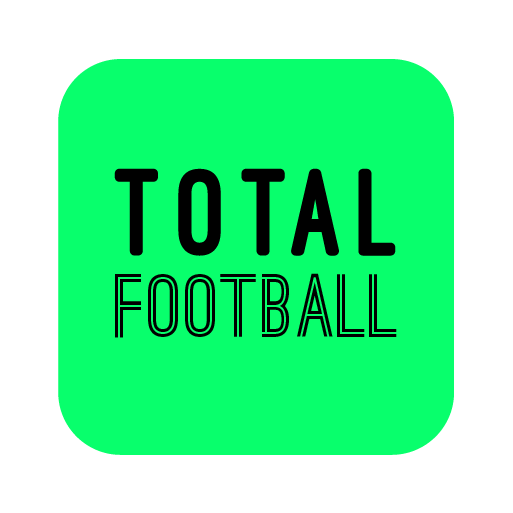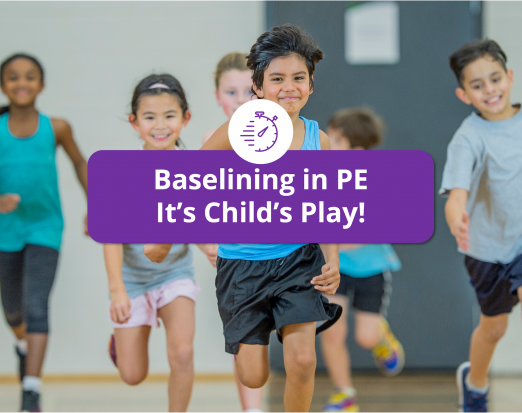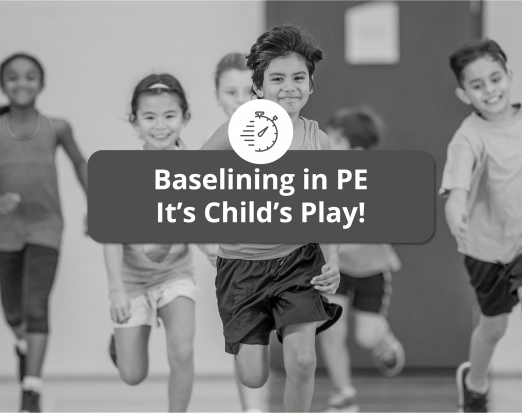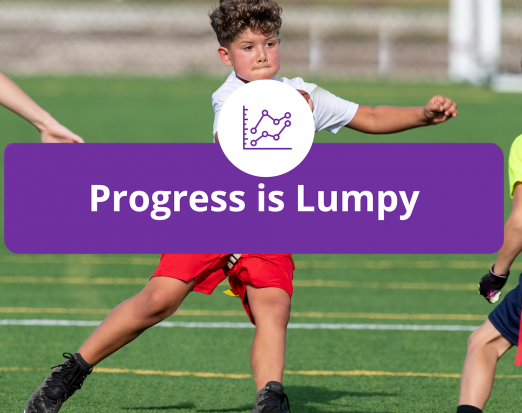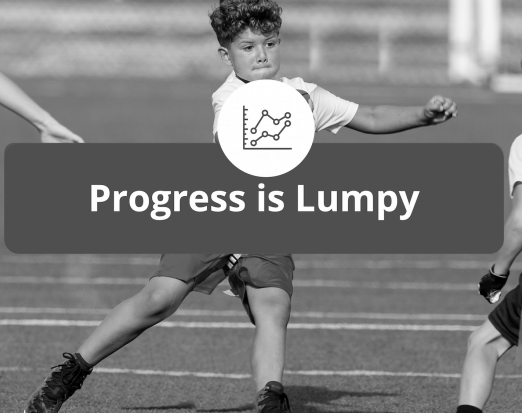Receive the ball with confidence
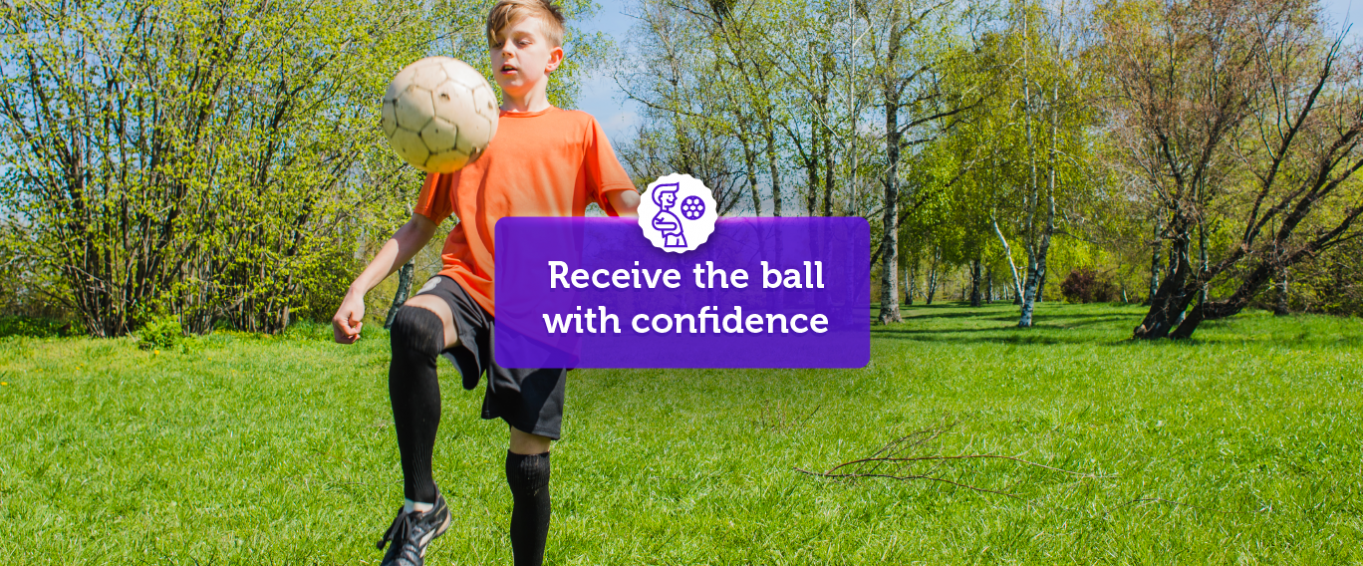
Throughout our recent Football blogs, we have talked about a range of techniques including Mastering the Ball, Dribbling, Turning, Passing and Finishing, but what we are yet to examine is the importance of receiving the ball properly.
The importance of a good first touch cannot be underestimated; it can help with making good decisions and can often make the execution of your next touch so much easier.
There are lots of different techniques involved when receiving the ball, as with all techniques you will need to practice them to get better, but we look at the different ways you way receive the ball and some of the things that you should consider.
Receiving a ball on the floor
You normally take a first touch when the ball is on the floor for one of two reasons to set up your next action or to attack space (or both). To be able to make the correct decision on what reason you are controlling the ball for you must have a clear picture of the pitch and space around you. You can only get this picture by playing with your head up and constantly scanning the area. Consider these two scenarios:
- If you have SPACE in front, you may have a slightly larger touch of the ball, getting the ball out of your feet will help you cover the ground at a quicker speed. If there is space behind you receiving the ball on the half turn, with you back foot will allow you to move away from danger quickly. If the ball is travelling towards you slowly, you may be able to receive and turn with no touches of the ball.
- If SPACE IS TIGHTER your touch needs to be tighter, but you can still manipulate the ball with different feet or sides of the foot depending on where the defender and the space is. Receiving on the half turn can still be an option but you need to position your body between the ball and the defender. You may also need to receive the ball and turn at different angles. Just be aware of your option and remember that you can take the ball with all the surfaces of your feet. Just be inventive and find what works for you.
For both scenario’s ensure that your concentrate and take a good first touch, this will allow you to execute the next touch more effectively, and remember that your first touch will not mean much if you give the ball away with your next touch, so make sure that there is an end product to your play.
Arial Control
There are two main ways that you can control the ball aerially, there are just many parts of the body you can use to achieve them.
Bring the ball down to the floor: You may want to get the ball down to the ground to allow you dribble with it or to make it easier to pass or shoot. This is normally achieved by cushioning the ball. Effectively, you are taking the energy away from the football by making contact with the bottom of the ball and then instantly taking that body part away, allowing the ball to drop to the floor. If the ball is quite low, you can trap the ball with your feet, by either using the sole of your feet or the outside or inside to trap the ball between your foot and the ground. This is also possible with your chest, by getting over the top of the ball and forcing down to the floor.
This will allow players to run with the ball, dribble, shoot, pass cross etc.
Keeping the ball up: There are some occasions where players need to keep the ball in the air, this may be to set up a volleyed pass or shot, amongst other skills. This works in the opposite way to above. This is where you give the ball energy, by taking a small, controlled touch with your body parts. For this skill you must be prepared to move your feet quickly to readjust as necessary in between your touches – and remember the end product is still vital.
What to practice?
You will constantly be receiving the ball in nearly every practice that you do with your team but you can practice these activities in isolation at home. It will help you generate confidence on the ball and is a great way to get lots of touches of the ball in a small space.
We have activities for you to practice receiving the ball with your Feet, Thighs and Chest for those 12 years and up your head, we also combine these activities with other skills to help your practice with an element of game realism at home.
Want to become a better footballer?
Our Sports Apps below can help
The Total Football App, is designed to support players of all ages and skill levels. It is the only Football Coaching App that integrates 5 phases of skill acquisition and long-term athletic development, meaning that all sessions and activities are designed to meet your current skill level whether you are just starting out, or are an experienced academy player. All our turning sessions are designed by UEFA Qualified Coaches and are supported by further sessions in:
Ensuring that players aren’t just practicing but are practicing with the highest quality. We also have a range of physical development practices, healthy lifestyle sessions, and psychological tips to help develop the total footballer. If your child needs help developing their turning, or any part of their game, you can try the app for free now!
Stength and Conditioning Platform for Clubs and Academies
Our Total S&C platform helps coaches to deliver a LTAD and S&C programme efficiently to a large number of athletes across all age groups playing different sports.
Our Strength & Conditioning platform consists of a Portal for the coaching team, enabling them to modify training sessions, monitor players training history, input test results and identify players who are sports ready. The athletes are provided their own S&C Player App which allows them to take control of their own training, self-test, log exercise history and track progress.
We get athletes sport ready. We reduce overuse injuries and burn out. We help to develop independent and healthy athletes.
- Automated session generator saves time
- Monitor athlete adherence and progress
- Online management portal for coaches
- Training App for all athletes
- Testing and profiling to identify sport readiness
